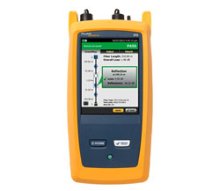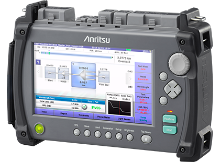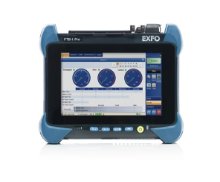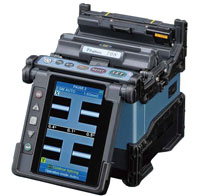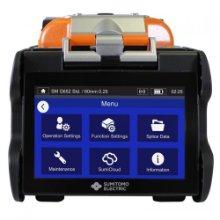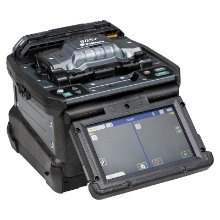What Is OTDR Testing?

What Does OTDR Mean?
OTDR means Optical Time Domain Reflectometer. An OTDR is a data networking device that allows technicians to test and maintain the fiber quality in a fiber optic and data network systems.
Fiber networks serve as the foundational architecture of our modern world, and when fiber cables break, our society is put on hold. Whether it's a cable or signal problem, it can be frustrating for residents, business owners, and cable technicians alike. OTDR testing discovers the fiber breaks, faults, and other anomalies that disrupt our connections and our lives.
OTDR testing is the process in which a fiber cable is evaluated and analyzed. OTDRs troubleshoot and detect problems with data network components that can influence aspects of our everyday lives such as internet speed and quality. With OTDR testing, technicians can make sure that fiber optic systems are well-preserved, work smoothly, determine the quality of fibers and their connections, and expose errors or complications that can then be addressed. Fiber optic systems are also maintained with fusion splicers. Learn more about fusion splicing here.
The OTDR fiber testers are often handheld, benchtop, or rack mounted. OTDR test equipment is also normally compact and durable with user-friendly interfaces and, depending on the type, a rack or portable battery. Handheld OTDR models are light and easy to transport, which makes them ideal for in-field work. Benchtop OTDRs are also fairly easy to move, and everything in our inventory has been tested and determined to be functioning at its best.
While some people may not know it, OTDR testing is important to maintaining cable quality which in turn affects data networks; this means OTDR networking is vital to the success of anything having to do with fiber cable. As a society, the way we function depends on fiber optics working correctly. Without effective and continued OTDR testing, we would not have today's guaranteed quality of internet, phone, or TV signals.
In this age of technology, where most people use these data networks regularly, it is crucial that OTDR testing is done efficiently and regularly. Although people outside of this industry might not be aware of it, this type of testing matters and influences the everyday lives of countless people.
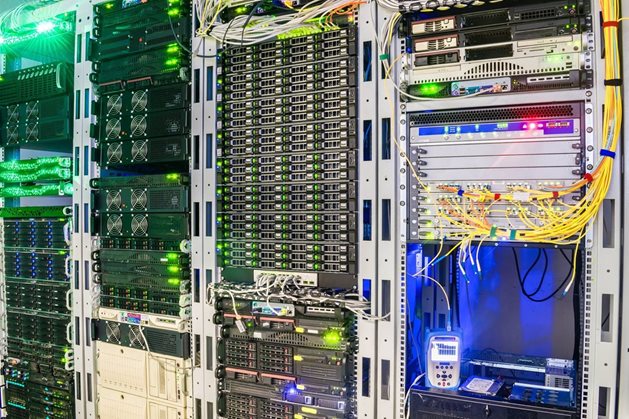
OTDR testing is the process in which a fiber cable is evaluated and analyzed. OTDRs troubleshoot and detect problems with data network components that can influence aspects of our everyday lives such as internet speed and quality. With OTDR testing, technicians can make sure that fiber optic systems are well-preserved, work smoothly, determine the quality of fibers and their connections, and expose errors or complications that can then be addressed. Fiber optic systems are also maintained with fusion splicers. Learn more about fusion splicing here.
What Is An OTDR?
Optical Time Domain Reflectometers, otherwise referred to as OTDRs, are devices that locate fiber cable irregularities and provide operators with data so that they can make informed decisions about how to remedy these complications. With OTDR testing, operators use this crucial knowledge to restore the fiber optic system.The OTDR fiber testers are often handheld, benchtop, or rack mounted. OTDR test equipment is also normally compact and durable with user-friendly interfaces and, depending on the type, a rack or portable battery. Handheld OTDR models are light and easy to transport, which makes them ideal for in-field work. Benchtop OTDRs are also fairly easy to move, and everything in our inventory has been tested and determined to be functioning at its best.
How Does OTDR Testing Work?
In OTDR testing, technicians use OTDRs to send out pulses of optical power and then measure the returned light. This backscattered light is used to determine insertion loss and inconsistencies. OTDR fiber testers allow technicians to verify splice loss and discover faults with these results. OTDR test equipment can complete fast and in-depth trace analysis, optical loss testing, fiber length testing, and automated bend detection. OTDRs come in models that test both single mode fiber, fiber cables with a smaller light-transmitting core, or multimode fiber, fiber with a core of 50 µm and beyond.While some people may not know it, OTDR testing is important to maintaining cable quality which in turn affects data networks; this means OTDR networking is vital to the success of anything having to do with fiber cable. As a society, the way we function depends on fiber optics working correctly. Without effective and continued OTDR testing, we would not have today's guaranteed quality of internet, phone, or TV signals.
In this age of technology, where most people use these data networks regularly, it is crucial that OTDR testing is done efficiently and regularly. Although people outside of this industry might not be aware of it, this type of testing matters and influences the everyday lives of countless people.
How To Use An OTDR
- Determine your testing standards and requirements
- Choose the ideal OTDR for your testing needs
- Install the appropriate module to the device
- Power up the OTDR equipment
- Make sure that the OTDR is working properly
- Check that the battery is charged
- Use the interface to establish a new project log
- Plug in data and information for your test requirements
- Set a reference
- Connect any adaptors essential to the test
- Run the test
- Look at the results and determine their significance
- Use your understanding of the data to make informed decisions
- Make any required adjustments to the fiber cable
- Store the data to be referenced during future testing

How To Read An OTDR
- Each OTDR screen will have a graph. Note that the x-axis is for the distance and the y-axis is for the continuous reflection
- To collect data, select the type of test in the interface menu
- Set the length, signal power, and acquisition time
- Test your test fiber box to ensure quality testing results
- Connect the test fiber box to the system
- Run a trace once connected to the fiber being tested
- Look at data on the graph and tables
- Look at events table for reflection, splices, and more
- The table and graph will provide the data. Use this data to determine the required fiber adjustments.
- Complete OTDR testing again as needed
